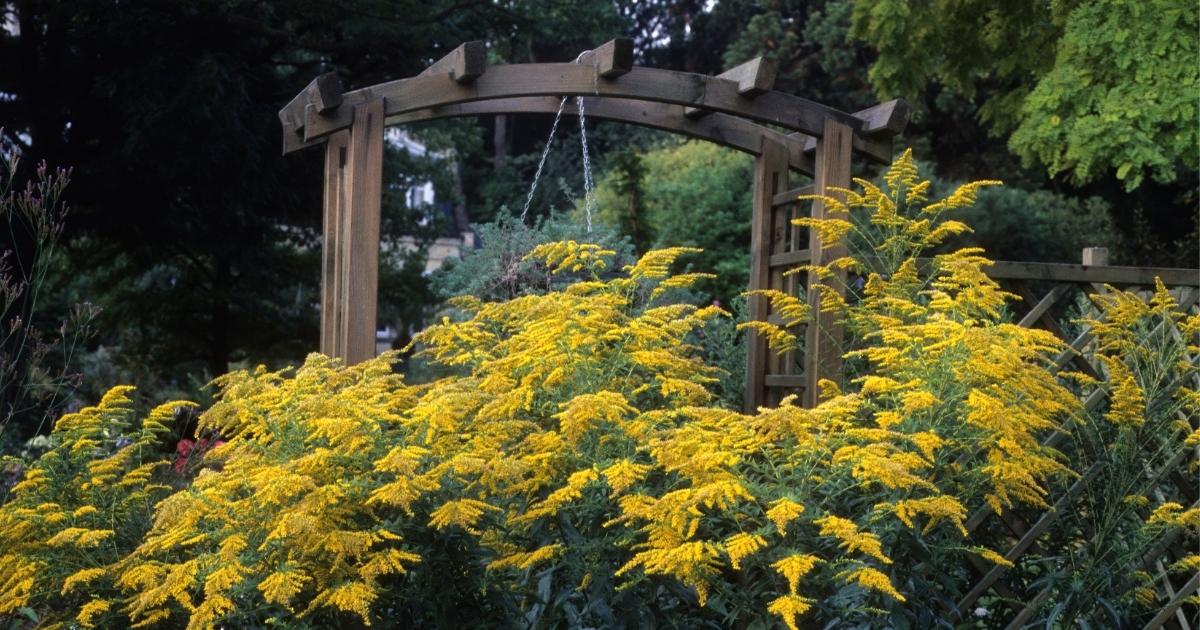
Category: Cooperative Extension

A better Delaware through Backyard Habitats
October 12, 2022 Written by Blake Moore, Natural Resources Agent
According to an article on YaleGlobal Online (YaleGlobal), the global human population has more than tripled since 1950 from 2.5 billion to 7.8 billion. While the annual growth rate is declining, the global human population is still expected to climb to 9.7 billion in 2050. Human impact on the environment and nature is ever-growing along with the population. According to the Delaware Naturalist Handbook, 75 percent of Delaware’s forests had been cut down by 1910. Globally, tropical forests are still being lost at an unsustainable rate (NY Times article).
The good news is that there is a renewed focus on environmental protection locally and globally.
According to the 2020 Delaware State Forest Assessment, there are 359,000 acres of forest land, which is a slight increase from the low of the turn of the century (2020 Delaware State Forest Assessment). This is in major part due to the state’s preservation of forested lands and non-profits preserving forests as well. There is also a new initiative from the state of Delaware to provide funding for tree plantings across the state – A Tree For Every Delawarean (TEDI).
This is just scratching the surface of human impacts and efforts to mitigate them. So, what can the average homeowner do to protect and give back to nature? Create a backyard habitat! While each homeowner has varying sizes of yard space, even the smallest backyard can be home to pollinators, birds and other native wildlife.
I personally have about 7,000 square feet of yard and have packed in more than 30 species of native plants in that space.
While it may not feel like 7,000 square feet makes a big difference, the aggregation of neighbors providing space and corridors for nature will absolutely make a difference. Find out more about this impact and become part of the Homegrown National Park: https://homegrownnationalpark.org/. Keep reading to find out just what backyard habitat is.

Backyard Habitat should provide your wildlife neighbors with food, water, cover and a place to raise young. If National Wildlife Federation Certified Wildlife Habitat is desired, sustainable landscaping practices will also be required: Certify your yard!
Food sources are different for the different types of wildlife visitors. Pollinators need pollen, nectar and vegetation for larvae. Birds need seeds and berries and will also need caterpillars for their young. This should be considered when selecting plants to include in the habitat. Plants should be selected to cover bloom times for as long as possible during the growing season. The earliest blooming plants are generally trees and shrubs such as the Eastern redbud, Cercis canadensis and the Black chokeberry (Aronia melanocarpa). Golden alexander, Zizia aurea, is an herbaceous perennial that blooms early as well.
Native wildflowers such as Swamp milkweed (Asclepias incarnata) and Wild bergamot (Monarda fistulosa) have a summer bloom period, while various asters and goldenrods (solidago species) bloom into the fall. As of Sept. 29, 2022, I still have plenty of pollinators browsing Smooth blue aster, Symphyotrichum laeve and Rough-leaf goldenrod, Solidago rugosa. Provide berries with Shadblow serviceberry, Amelanchier canadensis or Elderberry, Sambucus canadensis. Seeds can be provided by planting native grasses such as Little bluestem and Schizachyrium scoparium. Some of these plants will also provide cover and places to raise young.
Cover is shelter for wildlife, areas where protection from the elements or predation may be found. Shrubs such as Northern bayberry (Myrica pensylvanica) and Inkberry holly (Ilex glabra) are great cover for birds. Brush piles create great cover as well if there is a small corner of the yard available. Cover may also be found in a small meadow or tree cavities. Many of these same areas may provide nesting sites and nesting materials as well. If able, it is recommended to leave standing dormant vegetation for food, solitary bee nesting and winter cover. I always enjoy seeing birds use my backyard habitat in the winter for food and cover.
Water sources are necessary for habitat as well. While hydration for some wildlife may be found in food sources such as vegetation and fruits, sources of water must be included. These sources may be bird baths, decorative fountains, or small ponds. These sources will be used for hydration and hygiene.
So why should backyard habitat be created? Even the smallest habitat will support life and provide a corridor to larger habitats. Backyard habitat provides food sources for migrating and overwintering insects. For example, milkweeds are extremely important for the survival of Monarchs since they are the only plant that the larvae feed on, but Monarchs also need nectar sources for their migration south. Plants such as the Common boneset (Eupatorium perfoliatum) are an important food source for migrating Monarchs. Backyard habitat gives back to nature and may be aesthetically pleasing in the ever-evolving landscape. Homeowners should start small and determine what is manageable and acceptable to neighbors.
You may very well be the example that inspires others to give back to nature and install backyard habitats of their own!
